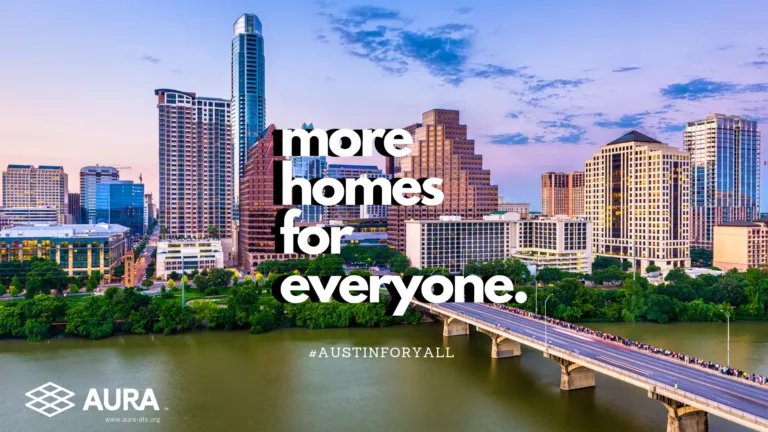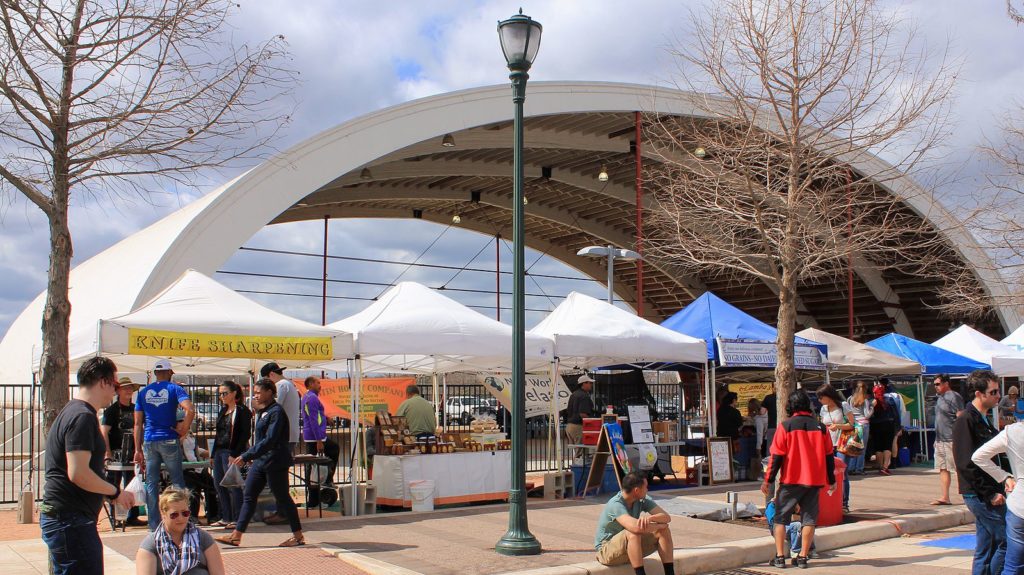- TX law prohibits the tax assessor from appraising a residence homestead as any other use, regardless of zoning
- Recently changed TX law requires a tax election if the City raises rates more than 3.5%, down from 8%
- The broader the upzoning, the more distributed the demand
It’s 2019, the city is entering its 5th (plus) year trying to amend our land development code. As housing prices continue to increase – and exacerbate the number of people experiencing homelessness – our city is now deep in the midst of a housing crisis. Though our unemployment rate is low, people are having to commute from further and further away. With all these issues, we are finally starting to see real change. We passed our largest Affordable Housing bond last November in addition to electing a slate of pro-housing leaders. In May, Austin City Council directed staff to jump start the land development code rewrite process; Staff submitted their first draft on October 4th.
As our city digs into the first draft of the land development code, there are homeowners that are worried their property taxes are going to increase. Part One of the context for this argument is to analyze the current property wealth appreciation in the status quo, without any upzonings. The median list price for Austin homes has gone from $234k in 2010 to $399k this year, which equals about a 70% increase. As properties appreciate in value, appraisals increase in value also.
However, upzoning, by itself, doesn’t raise a residence homestead property’s appraised value; it’s based solely on its use as a residence homestead.
Per TX law: (d) The market value of a residence homestead shall be determined solely on the basis of the property’s value as a residence homestead, regardless of whether the residential use of the property by the owner is considered to be the highest and best use of the property.
To be clear, assessments of homesteads do not happen in a vacuum. Even if the assessment for a single property upzoned to multi-family or mixed-use remains as a homestead, the demand in that area could increase. This increase in demand, if associated with higher sales prices than would have occurred otherwise, would result in a higher appraisal. Another way to think of this scenario, when a school suddenly gets a higher rating, this would also function as an increase in demand. Or if an area got a new amenity, or popular business opened nearby, that would also result in higher demand. In contrast to the last two scenarios, upzoning demand shocks can be minimized by broadening the upzoning. The broader we upzone for multi-family and mixed-use, the broader the demand will be spread out.
For an (extreme) example, an outlier, we can look to what would happen if a single family house was upzoned to allow downtown zoning. This happened here in Austin when Rainey Street was upzoned to Central Business District (CBD) zoning in 2005. And from 2005 to 2019, Rainey Street has grown substantially. Where before, single family homes sat blocks away from downtown, now high-rises and entertainment venues now sit. Where a dozen-plus families lived before, AISD reportedly now runs school bus service down Rainey Street.
Even though we are a city that has faced population growth year over year since our inception, change still elicits angst. It was that angst that was reflected in June when the last [single family] house on Rainey St. went on sale. One article notes, “[the] family home at 71 Rainey St. was built in 1910 and bought by [the current owner’s] grandparents in the 1940s.”
Another story points out that “the house is listed online for $2.6 million. Travis County appraised the property at $1.1 million this year, nearly four times the appraised value in 2014.”
Nearly 14 years after being upzoned, one wonders what the property tax impact was to the owner. The property’s assessed value, appraised value, and listing price is $175k, $1.1m, and $2.6m, respectively.
While the property’s value skyrocketed in price, the property owner paid $3k in property taxes last year (~$9/day). The 10% cap on appreciation insulated the owner while their wealth increased multiple times over the years, that’s the system put into place. Some would say the system worked, the property owner was still paying a lot less in wealth taxes than many other people in the city with property valued at far less than $2.6m dollars.
Source: TCAD
Taking this extreme example, while the property increased substantially in value, the owner still only paid on average ~$276 per month. Or ~$9 a day. To be clear, this amount of money is/can be a significant burden to people, rejecting upzoning doesn’t address that issue. If we want to help people choose to stay in their house as property taxes (and their wealth) increase, we should offer them direct assistance and financial tools to do so.
For example, California recently legalized public banks. Bringing public banks to Austin would be a way for disadvantaged property owners to access capital and build additional housing or mixed use on their property so they could afford property appreciation.
In addition to TX’s 10 percent cap, there’s other exemptions such as the Homestead Exemption in addition to exemptions for seniors and veterans. Worth noting, Austin is a majority renter city, these exemptions do not apply to them nor to (small) businesses.
While property owners in the city enjoy numerous exemptions, the city, and certain other taxing entities, are now required to go to voters if they adopt “a rate exceeding the 3.5 percent voter-approval rate.” In other words, even if upzoning increased housing demand in Austin, City Council would need to go to voters to approve higher tax rates that are much lower than increases we’ve seen over the past few decades.
Another factor for increased property taxes that many people face is the lack of wage growth or almost zero wage growth for retirees. Though this is an important issue that many Austinites are facing on a daily basis, we do not fix it by disallowing more people to live inside the city. We need more equitable rules that the City is, frankly, unable to adequately address.
To face these issues of equitable growth, we need more housing, not less.





